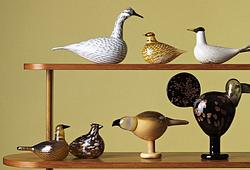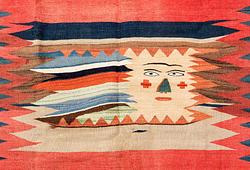565
1197109
John William Waterhouse
(Yhdistynyt kuningaskunta, 1849-1917)
John William Waterhouse
(Yhdistynyt kuningaskunta, 1849-1917)
"The Rescue"
Signed J.W. Waterhouse. Executed circa 1890. Oil on canvas 100 x 67 cm.
Alkuperä - Provenienssi
Christie's, London, July 4, 1891, to Wyatt, 150 gns. ; Christie's, London, November 12, 1943, lot 66 (?), for Wallis & Son to de Casseres, 105 gns. ; unknown Art and Antiques Dealer, Gothenburg, Sweden; private collection, Gothenburg (acquired from the above mentioned dealer around 1960); by descent.
Kirjallisuus
Anthony Hobson, "The Art and Life of J W WATERHOUSE RA 1849-1917", 1980, listed in the catalogue p. 184 under no. 89 (" 'The Rescue', c 1890 38 x 25 in [97 x 64 cm]" ) and p. 196 ("Undated Paintings") under no. 298 (" 'The Rescue' 38 x 25 in [97 x 64 cm] ).
Muut tiedot
.





























































